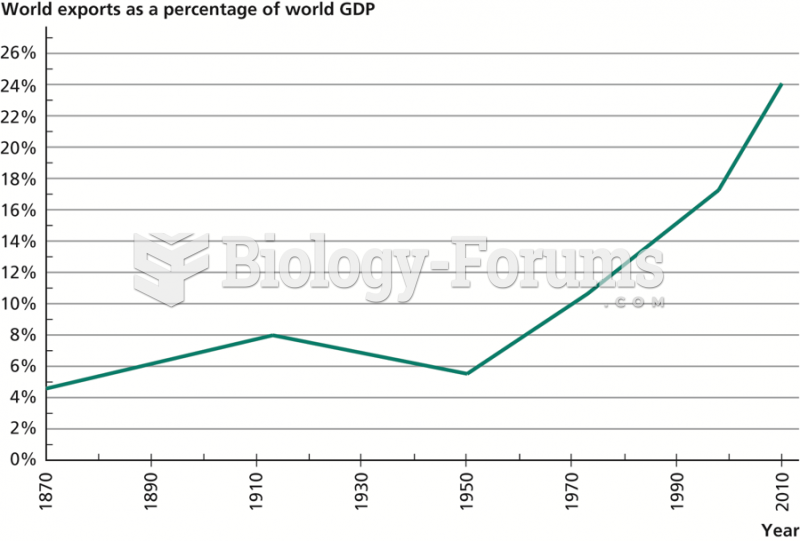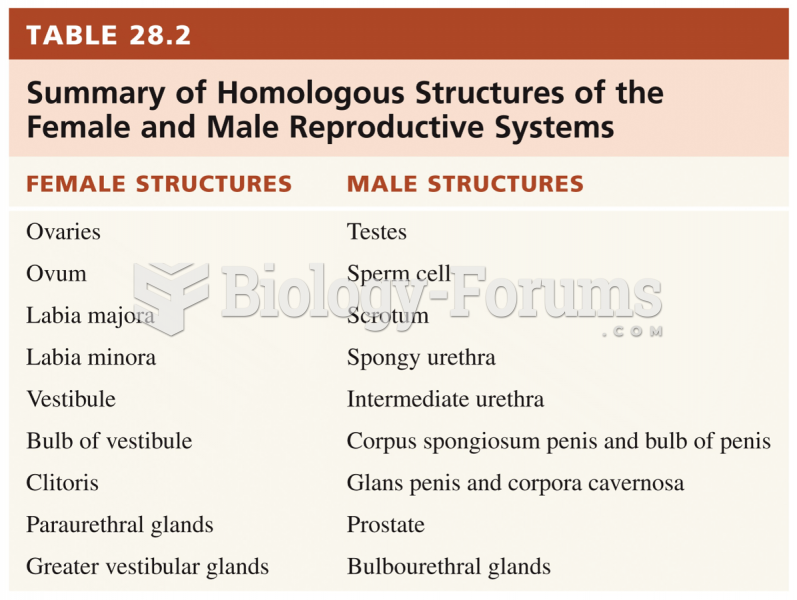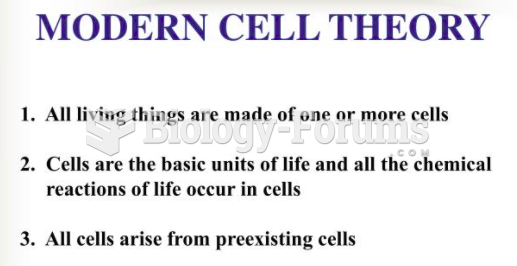Answer to Question 1
World systems theory suggests that what exists under capitalism is a truly global
system held together by economic ties. From this approach, global inequality does not
emerge solely as a result of the exploitation of one country by another. Instead,
economic domination involves a complex world system in which the industrialized, high-
income nations benefit from other nations and exploit their citizens and resources.
Wallerstein suggests that a country's place within the global economy is the key feature
in determining how economic development takes place in that nation. According to
world systems theory, the capitalist world economy is a global system divided into a
hierarchy of three major types of nationscore, semiperipheral, and peripheral. Core
nations are dominant capitalist centers characterized by high levels of industrialization
and urbanization. Core nations such as the United States, Japan, and Germany possess
most of the world's capital and technology. Even more importantly for their position of
domination, they exert massive control over world trade and economic agreements
across national boundaries. Semiperipheral nations are more developed than peripheral
nations but less developed than core nations. Nations in this category typically provide
labor and raw materials to core nations within the world system. These nations
constitute a midpoint between the core and peripheral nations this midpoint promotes
the stability and legitimacy of the three-tiered world economy. These nations include
South Korea and Taiwan in East Asia, Mexico and Brazil in Latin America, India in
South Asia, and Nigeria and South Africa in Africa. Most low-income countries in
Africa, South America, and the Caribbean are peripheral nationsnations that are
dependent on core nations for capital, have little or no industrialization (other than what
may be brought in by core nations), and have uneven patterns of urbanization.
According to Wallerstein, the wealthy in peripheral nations benefit from the labor of
poor workers and from their own economic relations with core nation capitalists, whom
they uphold in order to maintain their own wealth and position.
Answer to Question 2
False







